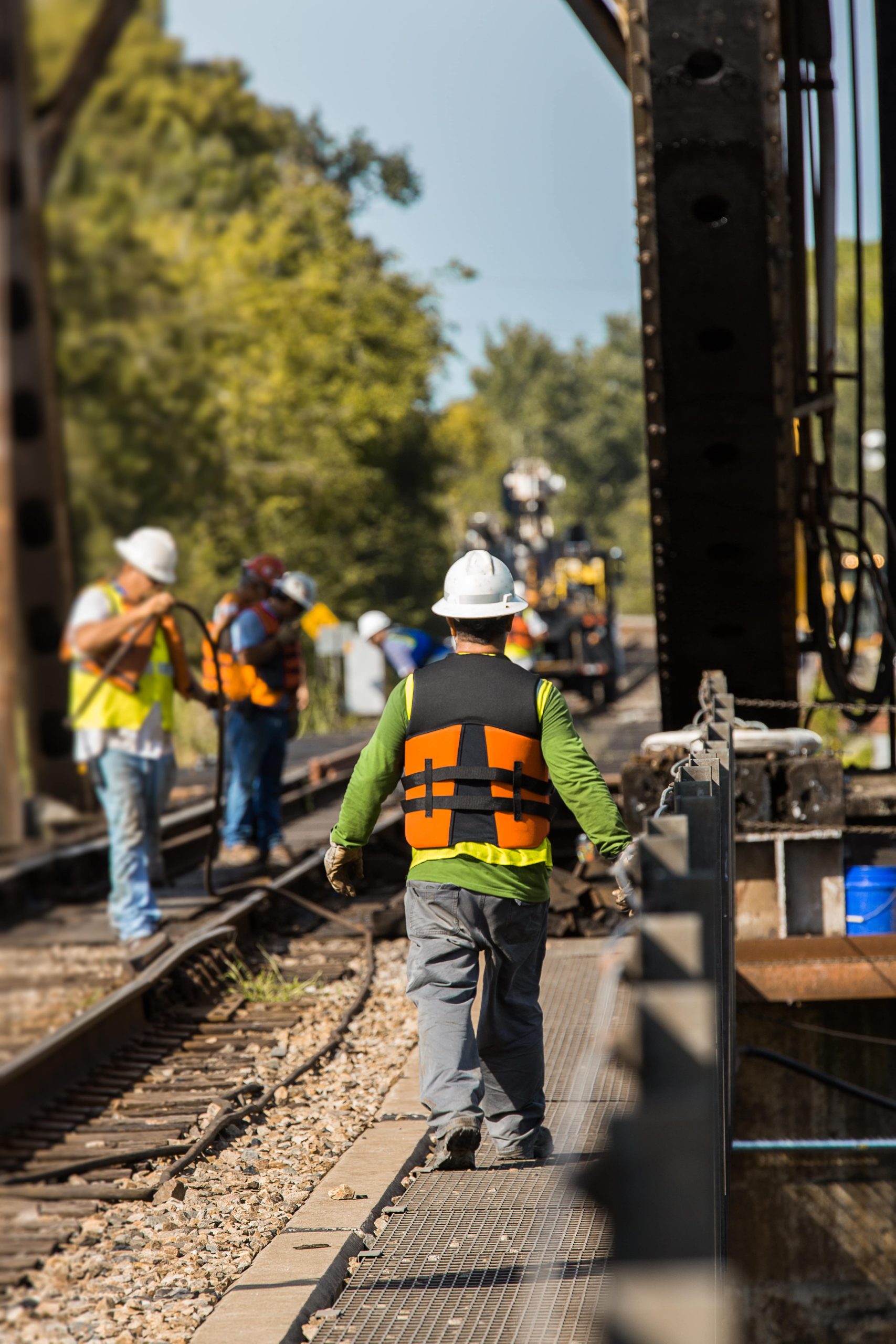Understanding Railroad Cancer Lawsuits: A Comprehensive Guide
Railroad workers are vital to the performance of our economy, preserving and operating trains that transfer goods and individuals throughout huge distances. However, this important labor force is progressively at risk of establishing severe health concerns, notably cancer. Railroad cancer claims have become a crucial opportunity for workers looking for justice and settlement after struggling with conditions believed to be linked to their occupation. This blog post looks into the complexities of railroad cancer suits, using insights into their background, typical products included, common claims, the legal process, and frequently asked concerns.
Background on Railroad Workers and Cancer Risks
Railroad workers are frequently exposed to dangerous materials and environments that can result in severe health repercussions. A few of the primary elements adding to cancer threats among these employees consist of:
- Asbestos Exposure: Historically, asbestos was a common material utilized in railroad manufacturing and upkeep. Extended exposure has actually been linked to different types of cancer, consisting of mesothelioma cancer and lung cancer.
- Chemical Exposure: Railroad workers frequently manage or work near carcinogenic compounds such as diesel exhaust, benzene, and other harmful chemicals utilized in upkeep, cleansing, and operations.
- Radioactive Materials: In some cases, workers may be accidentally exposed to radioactive products, particularly in locations where these products are transferred.
The cumulative result of these exposures over years of service postures a significant threat to the long-term health of railroad workers.
The Legal Landscape
Common Claims in Railroad Cancer Lawsuits
Railroad cancer suits typically emerge from carelessness or failure to supply a safe workplace. Several typical kinds of claims include:
- Exposure to Carcinogens: Citing specific hazardous substances that workers were regularly exposed to in time.
- Failure to Warn Employees: Employers stopping working to reveal the threats connected with particular materials or practices.
- Inadequate Safety Measures: Not offering proper security equipment or protocols to decrease exposure to damaging products.
Table 1: Common Chemicals and Their Associated Cancers
| Chemical | Associated Cancers |
|---|---|
| Asbestos | Mesothelioma, Lung Cancer |
| Benzene | Leukemia, Non-Hodgkin Lymphoma |
| Diesel Exhaust | Lung Cancer, Bladder Cancer |
| Radon | Lung Cancer |
The Legal Process
Step-by-step Overview
- Assessment with a Lawyer: Before taking any action, the impacted worker should seek advice from an attorney experienced in dealing with railroad cancer claims.
- Gathering Evidence: The lawyer will assist gather medical records, work history, and proof of direct exposure to hazardous compounds.
- Submitting the Lawsuit: The lawsuit is filed in the appropriate court, outlining the claims against the railroad company.
- Discovery Phase: Both parties exchange info and proof, consisting of depositions, documents, and professional witness declarations.
- Mediation or Settlement Talks: Often, claims might be dealt with before trial through settlement negotiations.
- Trial: If a settlement can not be reached, the case goes to trial where both celebrations will provide their arguments.
- Decision: The jury or judge provides a decision, which might include payment for the plaintiff if they dominate.
Table 2: Steps of the Legal Process
| Action | Description |
|---|---|
| Consultation | Go over case with a legal specialist |
| Proof Gathering | Collect medical and work-related documentation |
| Submitting the Lawsuit | Submit lawsuit with claims against the company |
| Discovery Phase | Exchange of info between both celebrations |
| Settlement Negotiations | Attempt to deal with the case beyond court |
| Trial | Present case before a judge or jury |
| Decision | Decision is rendered, resulting in settlement |
Frequently Asked Questions (FAQs)
1. What is the FELA?
The Federal Employers' Liability Act (FELA) is a U.S. law that permits railroad workers to sue their employers for injuries or illnesses that occur from their work. Under FELA, claims can be produced health problems like cancer that belong to job conditions.
2. The length of time do I have to sue?
The statute of constraints for railroad cancer claims varies by state but is frequently 3 to five years from the date of injury or medical diagnosis.
3. Can Google Sites submit a lawsuit if my company has workers' payment insurance?
Yes, under FELA, staff members can pursue federal claims for injuries or illnesses that are occupational, even if workers' payment is available.
4. What types of compensation can I seek?
Compensation can include medical expenditures, lost earnings, discomfort and suffering, and compensatory damages depending upon the nature of the claim.
5. Do I need a lawyer to file a railroad cancer lawsuit?
While it is possible to submit a lawsuit without a lawyer, having an experienced attorney significantly increases the chances of a favorable result, as they understand the intricacies of FELA and railroad-related claims.
Railroad cancer lawsuits represent a critical pathway for workers impacted by harmful material direct exposure to seek justice and settlement. With the capacity for substantial medical diagnoses arising from years of work, specifically in unsafe environments, it is necessary for affected individuals to understand their rights under the law. Those who think they have been damaged due to their railroad work ought to think about speaking with an experienced attorney to explore their legal alternatives and do something about it for their health and well-being. With the right guidance, they can navigate the intricacies of the legal procedure, achieving the justice they should have.

